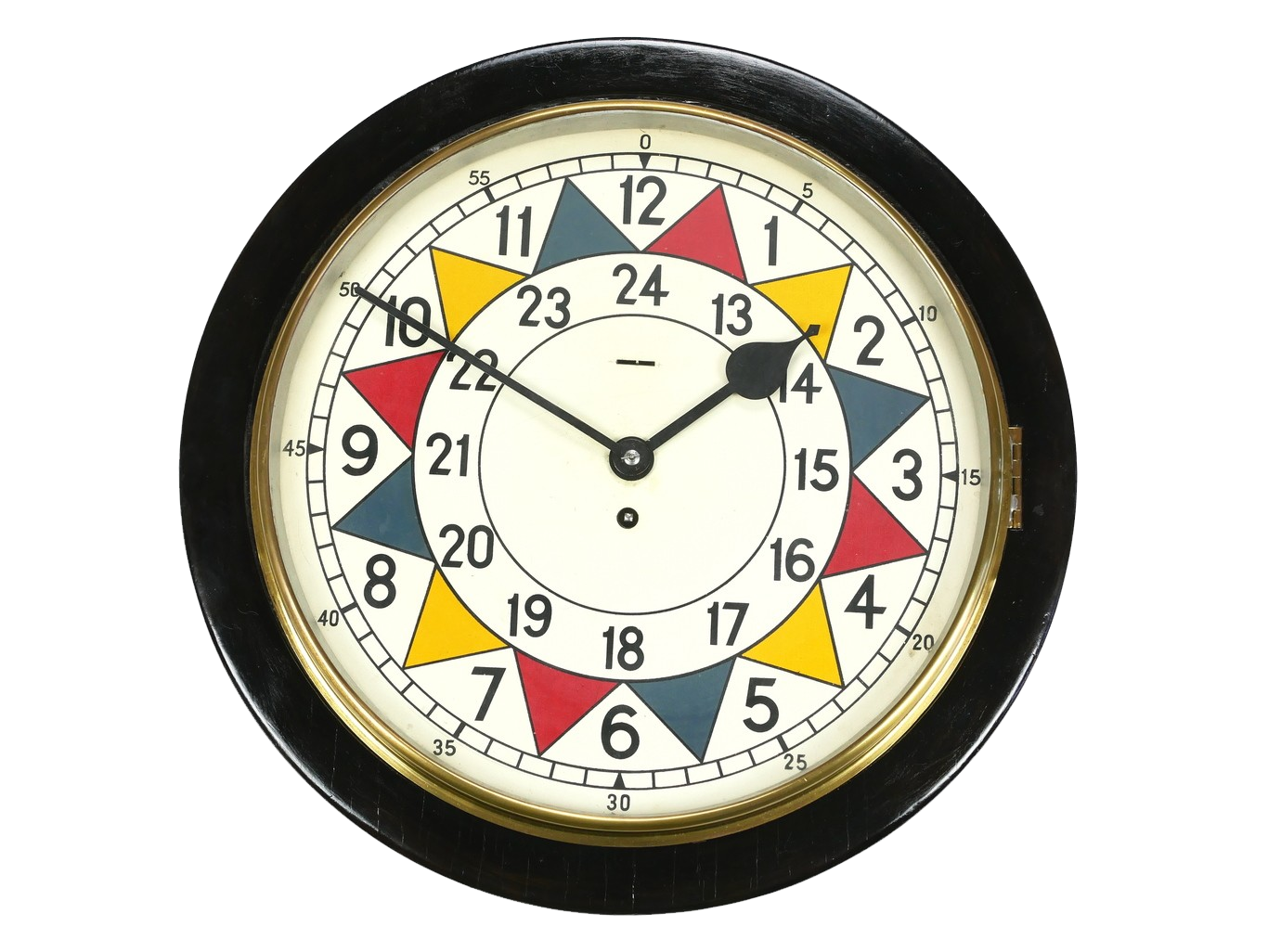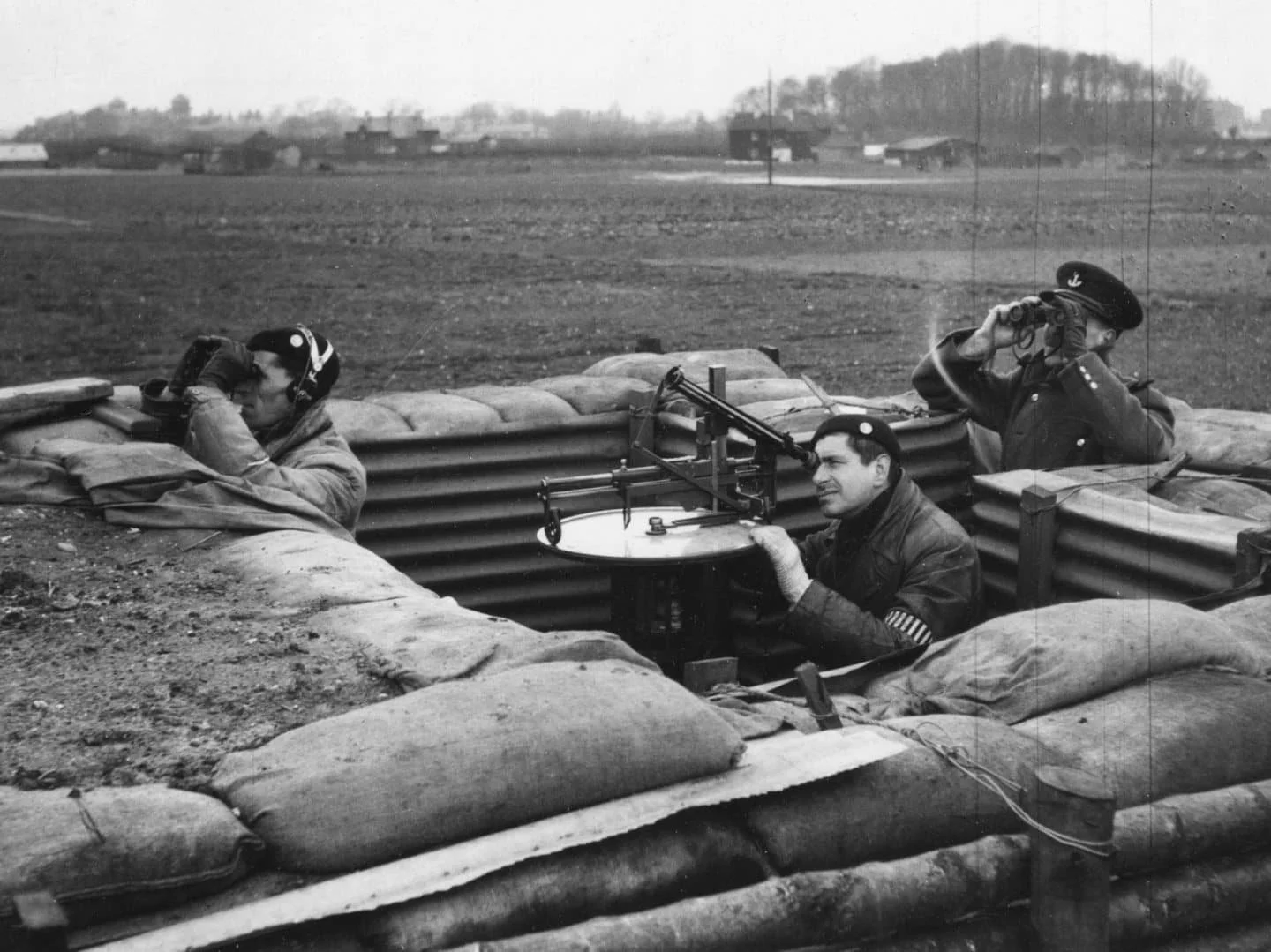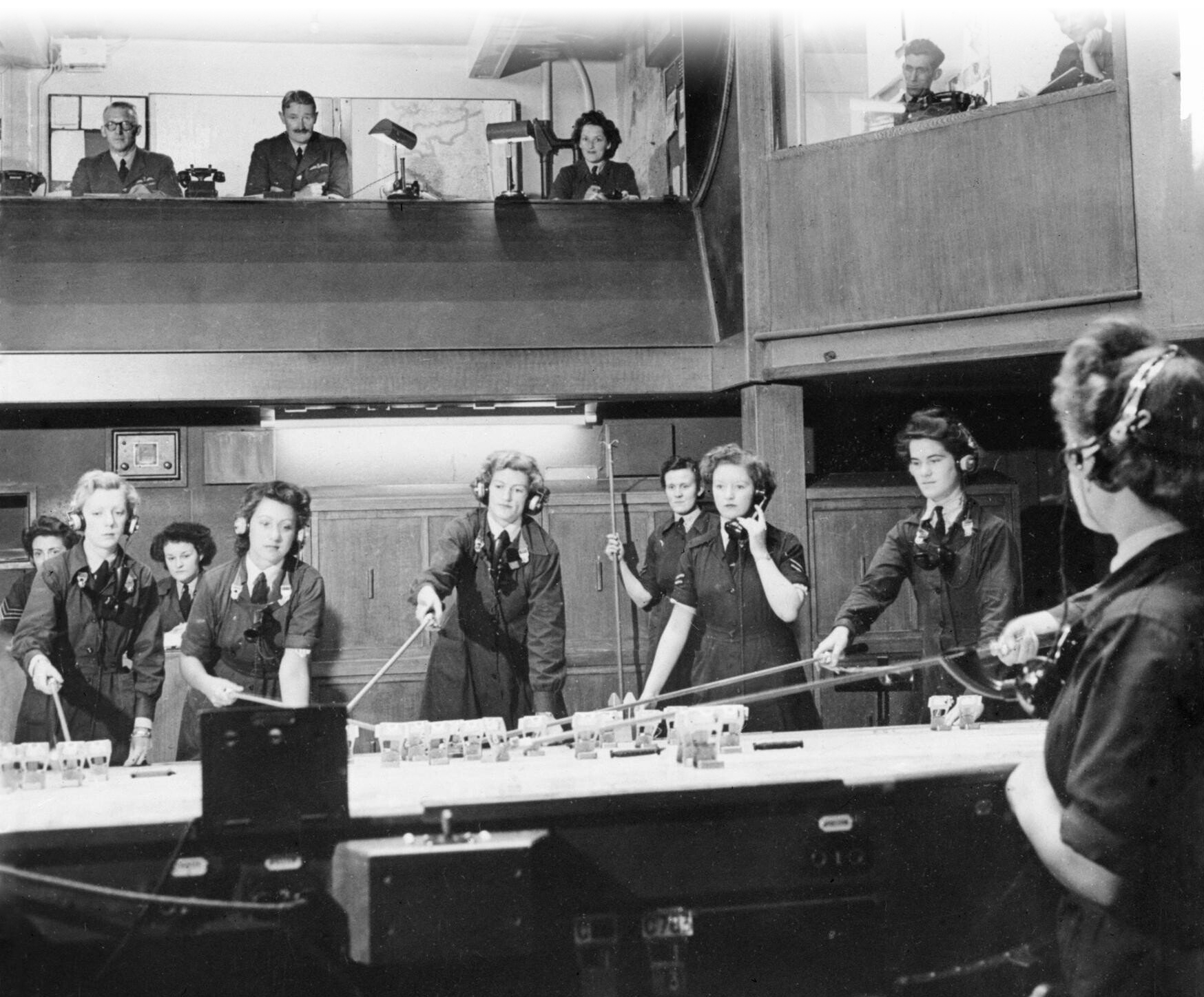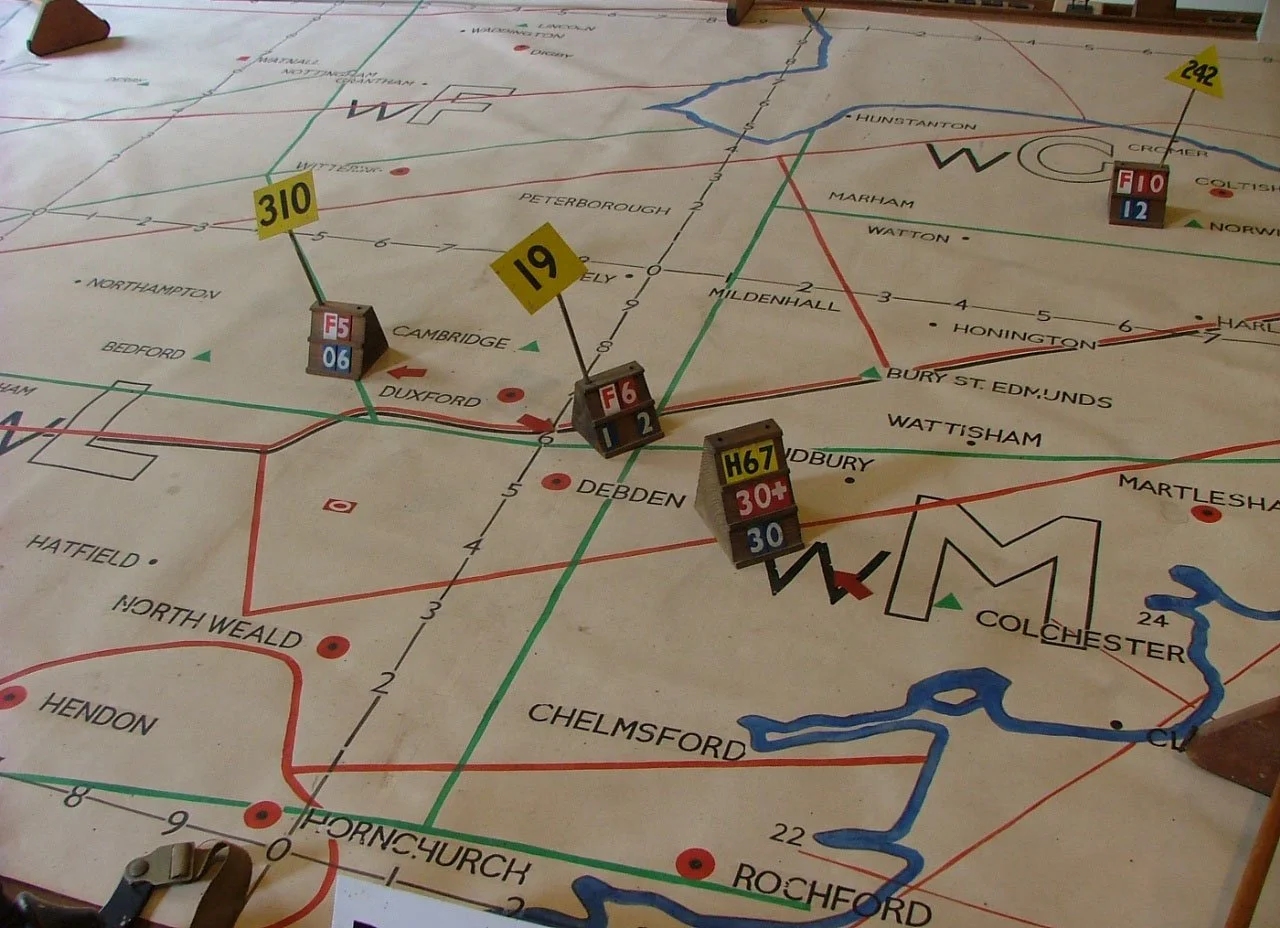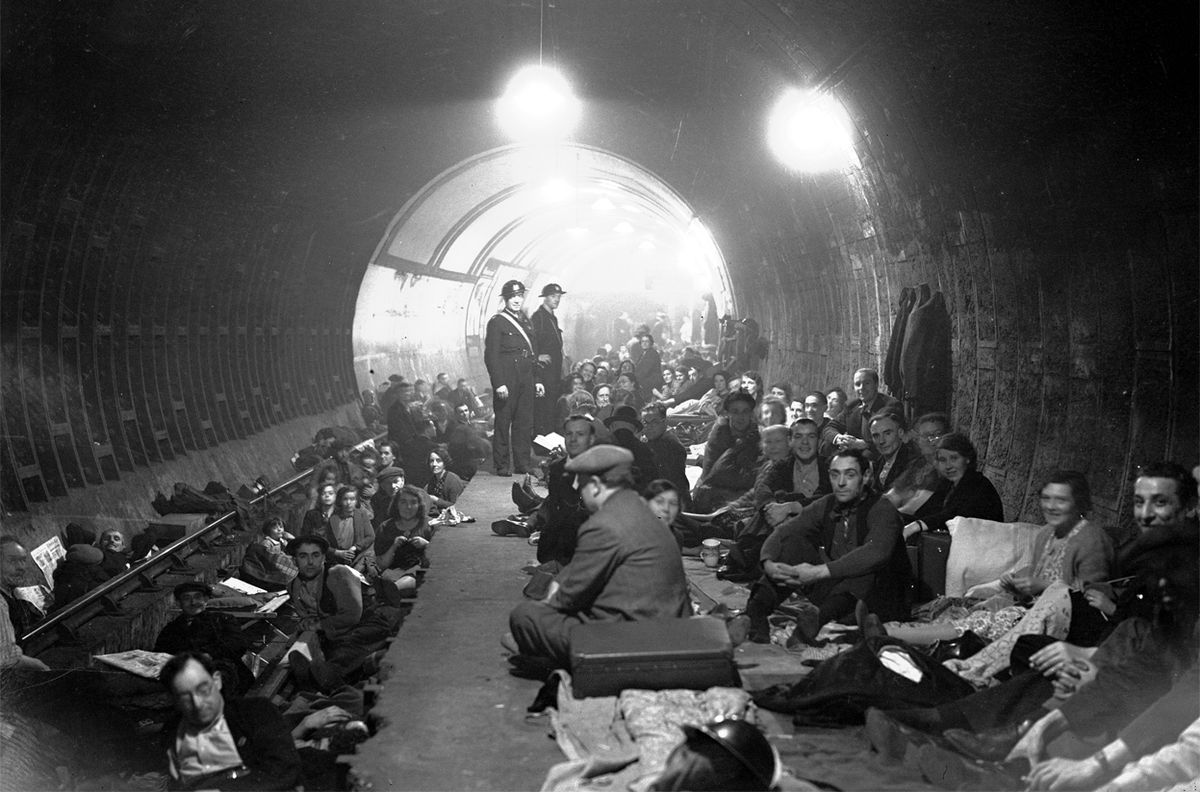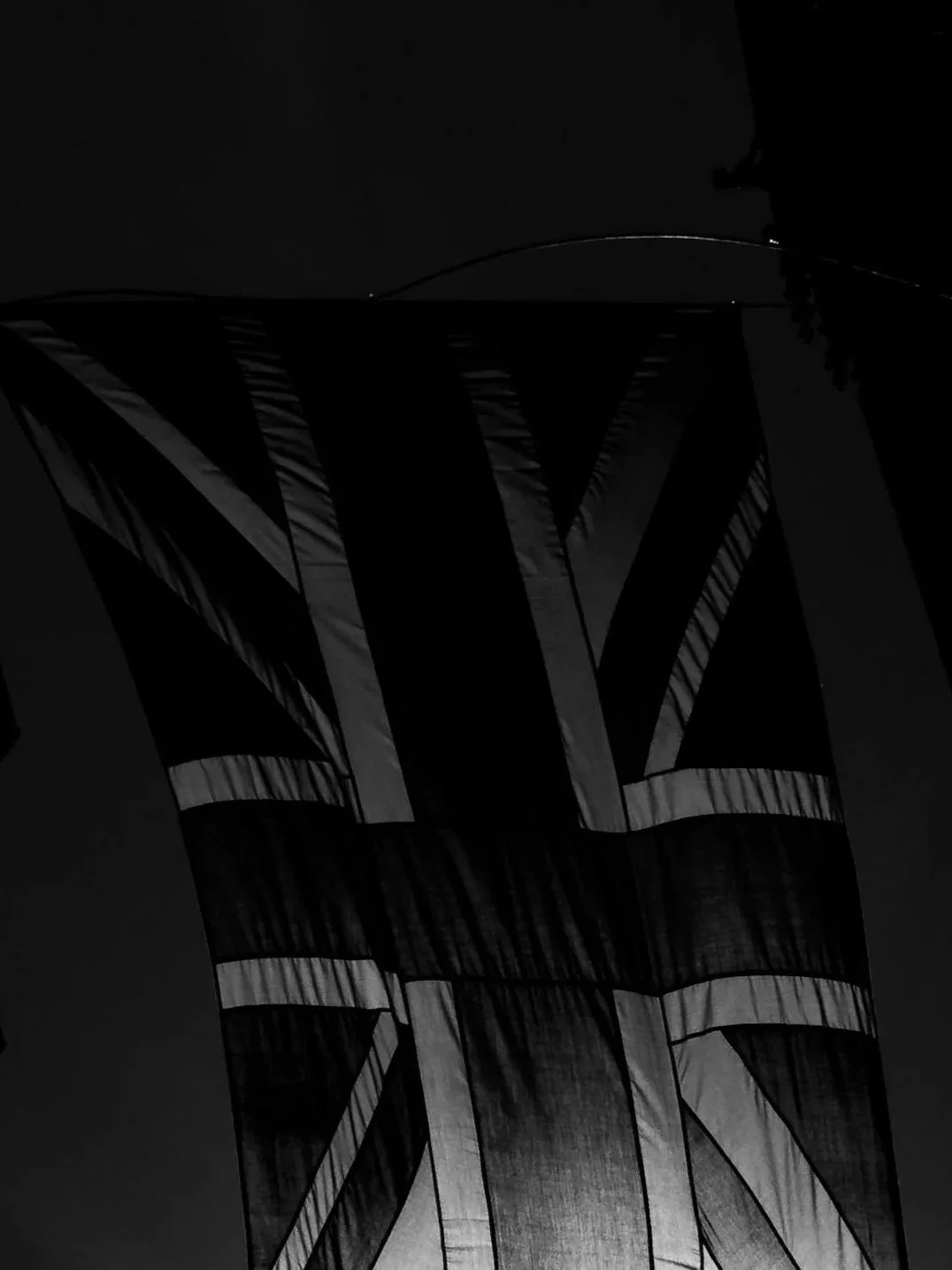The Clock that Defended a Nation
In 1917, the RAF introduced the Sector Clock. Its colour coded five minute intervals let teams track enemy aircraft with speed and precision. Observers logged each sighting by colour red, yellow, or blue turning scattered reports into exact time stamps. The colour reference enabled fighter controllers to assess positions at a glance and scramble RAF aircraft within minutes.
The Sector Clock
Dowding System
The Worlds First Air Defence Network
The Sector Clock became vital to the Dowding System Britain’s pioneering radar based defence. Radar and observer data were relayed into RAF Operations Rooms, where colour coded timing visualised threats in real time. This speed cut the gap between detection and response to mere minutes, forming a crucial link in Britain’s air defence.
The Women of the Sector Clock
In RAF Operations Rooms, young women of the Women’s Auxiliary Air Force transformed live reports into colour coded movements. Their accuracy and speed brought the Sector Clock to life. The system was only as effective as the people behind it and much of the real time coordination relied on their skill and discipline.
The Human Precision Behind The System
“We shall defend our island, whatever the cost may be, we shall fight on the beaches, we shall fight on the landing grounds, we shall fight in the fields and in the streets, we shall fight in the hills we shall never surrender.”
Winston Churchill
The Battle of Britian
When the skies darkened in 1940, the Dowding System, the Sector Clock, and the WAAF came together in Britain’s hour of need. This integration of radar, human vigilance, and rapid coordination allowed RAF fighters to meet the Luftwaffe head on often within minutes shaping the outcome of the Battle of Britain and the course of history.
Where Timing Decided Survival
Time to Make History
Carry the legacy on your wrist explore the collection.

